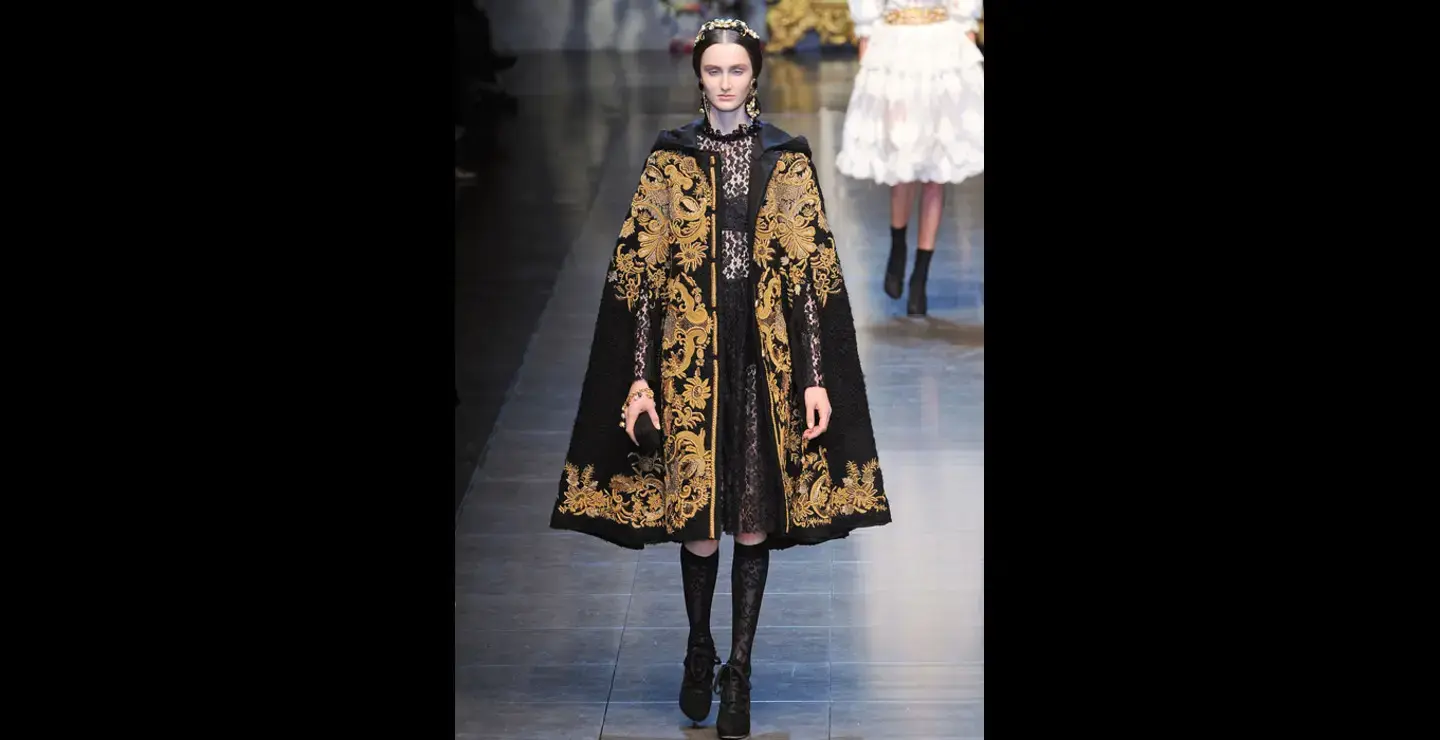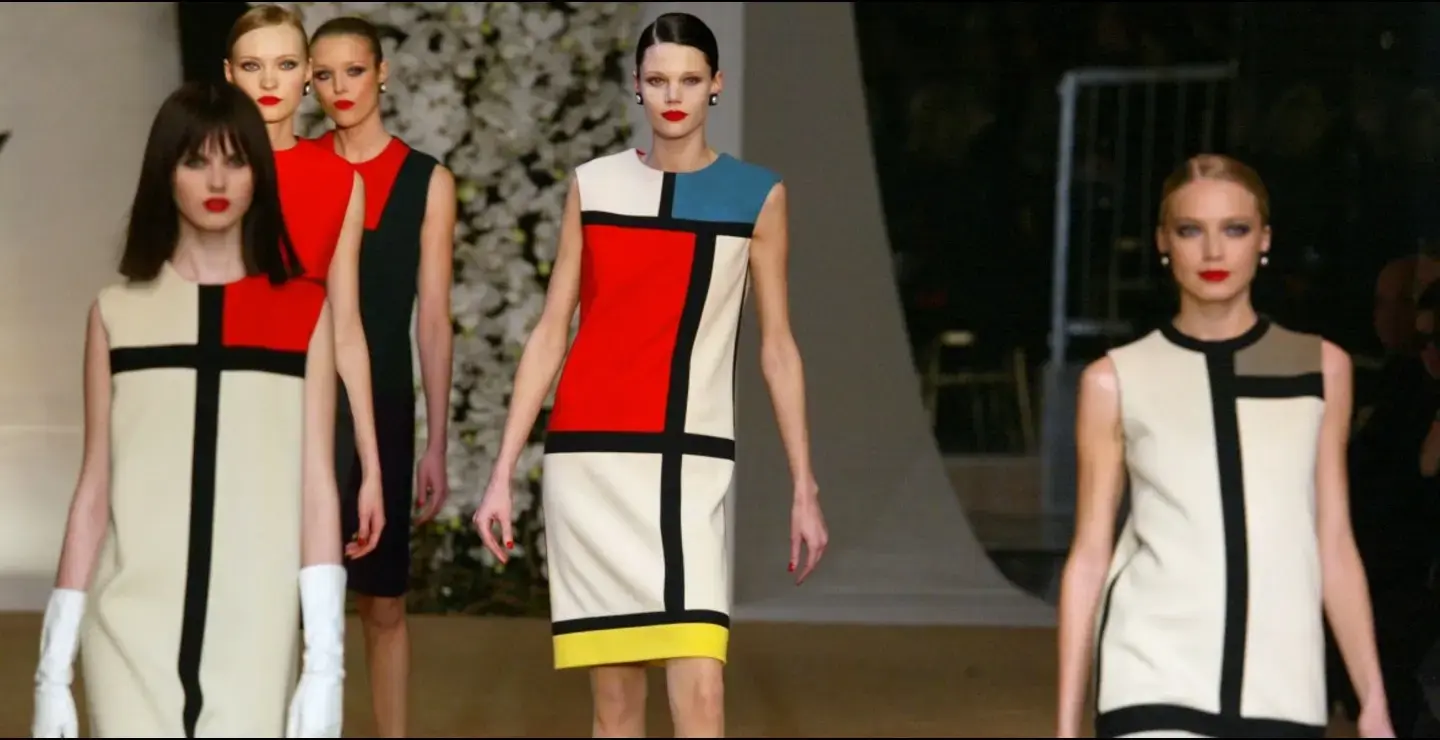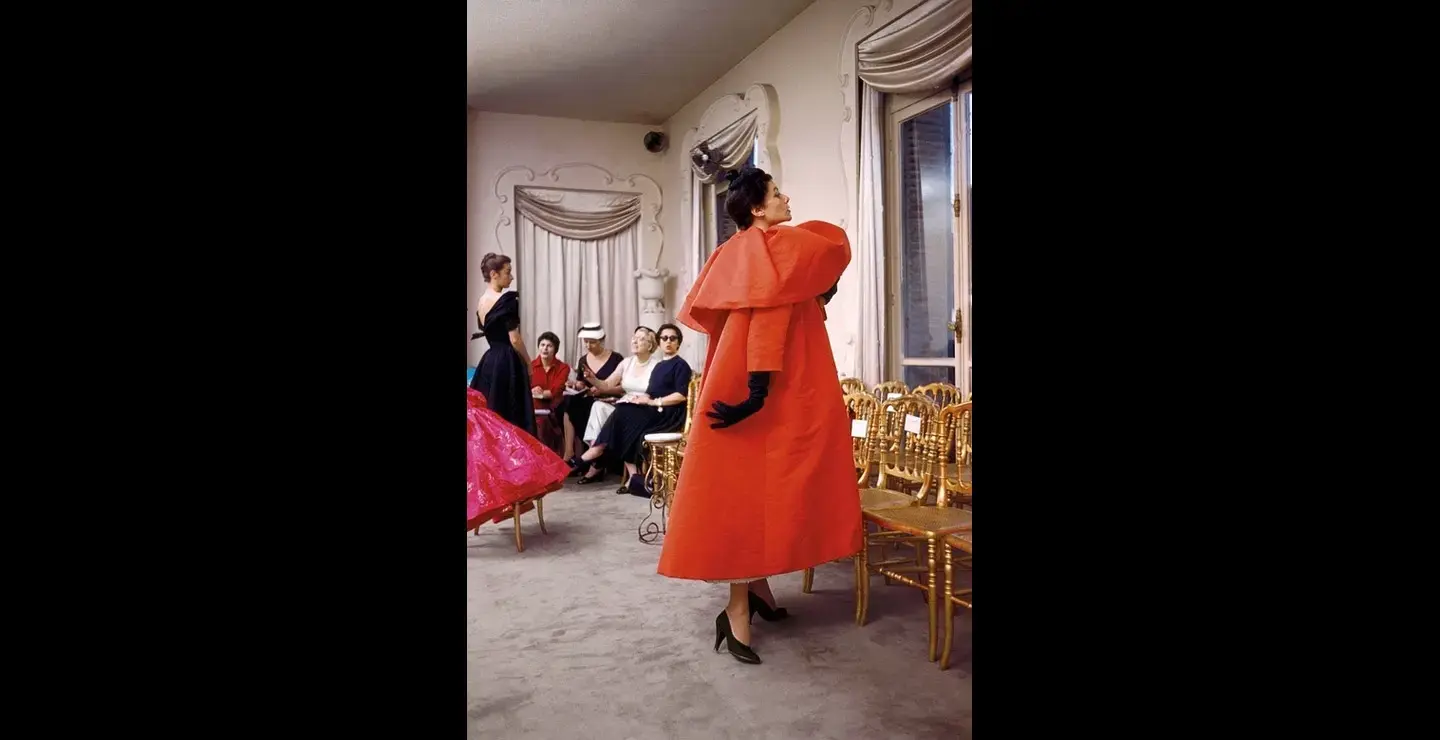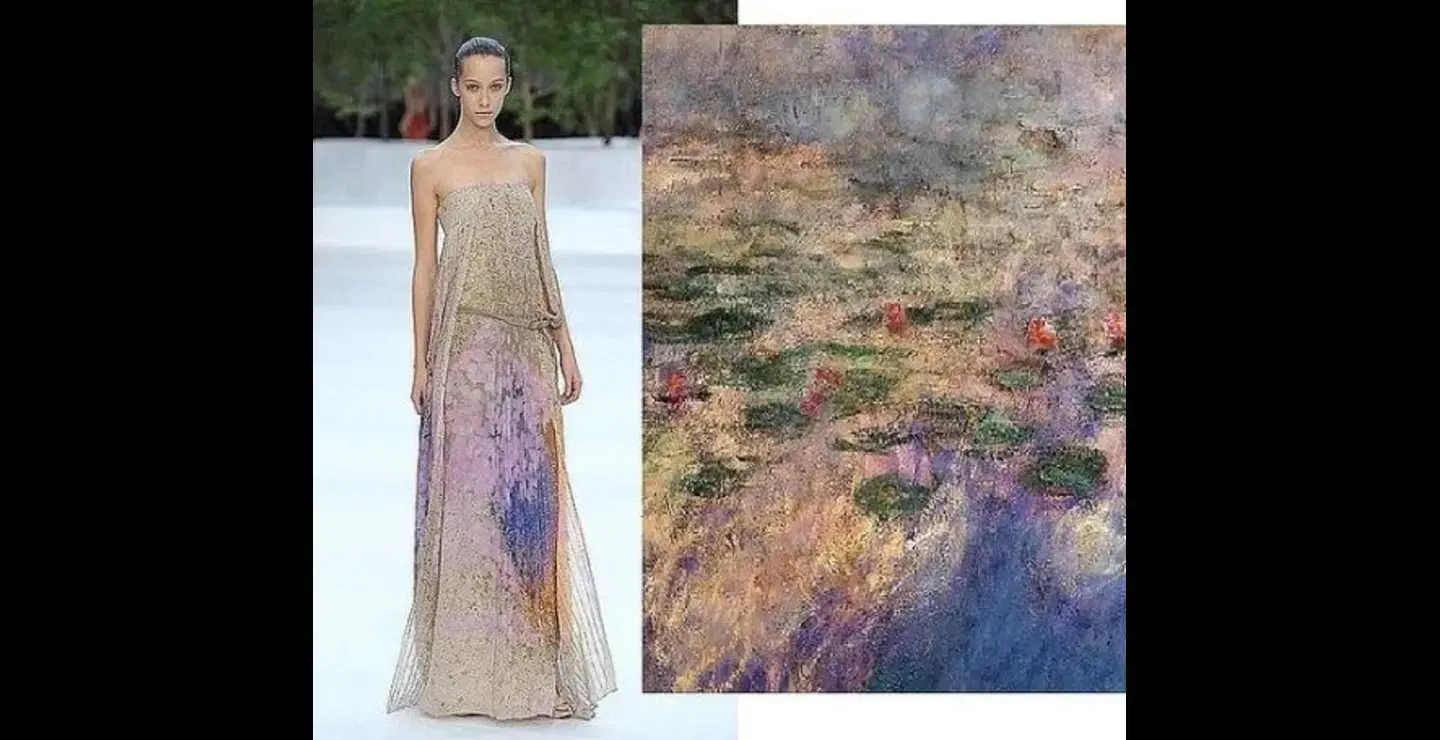Examining the Intersection of Creativity in Fashion and Art
- Design Blogs
Examining the Intersection of Creativity in Fashion and Art
Contact us
Bengaluru
Campus 1 : JD School of Design, No. 18-1, Brigade Road, Bengaluru,Karnataka – 560 001.
Campus 2 : No. 40, Swan House, 4th Cross, Residency Road, Bengaluru, Karnataka – 560001.
Goa
Musthtifund Saunstha , Near Mahalaxmi Temple,Dada Vaidya Road, Goa-403001
Fashion and art, two seemingly unrelated terms, have always had a connection that goes beyond aesthetics. Thus, the dynamic interchange of ideas, influences, and innovations has resulted from this intersection of creative expression, where the lines separating these two disciplines are blurring and blending together.
Fashion designers have always inspired artists, just as artists inspire designers, and vice versa, resulting in a cross-cultural mosaic of narratives, motifs, and styles that spans historical periods from ancient civilizations to the present.
The fascinating history of fashion art will be thoroughly examined in this article, along with how different artistic movements and societal trends have influenced evolving fashion designs over time.
The Intersection of Creativity For Art And Fashion
The intersection of art and fashion has been a dynamic and symbiotic relationship that has influenced both fields for centuries. It is through this merger that we not only have wearable art, but also new ways of expressing ourselves artistically in a manner that transcends both traditional norms entrenched within these two realms.
This interrelationship of creativity has taken a different turn in the present world with designers partnering with artists to create collections that are more about passing across information or telling stories than they are about clothing.
High fashion is a medium for artistic display, whereby fashion shows are often dramatic events addressing social issues, politics, or any other matters affecting us as humans.
Technological advancement has significantly aided in bridging the gap between art and fashion. The advent of digital printing, fabric manipulation, and material science has made fashion designs that were previously impossible possible. Consequently, the tool enabled an expanded palette for both artists and fashion designers; therefore helping them develop new textures, forms, and expressions.
The History of Art And Fashion Creativity
The creativity between art and fashion has been there since time immemorial, always changing but reflecting the societal shifts and cultural landscapes of its era.
It is a symbiotic connection that has seen art inspiring fashion and vice versa, with everyone drawing from the other for inspiration for pushing boundaries in their spheres.
1. Ancient Art and Fashion
When it comes to fashion trends, Madeleine Vionnet is among the first designers to look at ancient Greek sculptures to get her ideas for creating clothes.
As an example of this, she had simple, narrow lines that clung to the body just like the flowing robes of Greek gods with their natural shapes, as shown in those pieces of classical art thus introducing an element of ancient grace into modern dressing style.
2. Renaissance and Baroque Influences
Throughout history, fashion creativity has borrowed heavily from the opulence and drama associated with the Renaissance and Baroque periods.

Baroque Influences
For instance, Dolce & Gabbana have directly taken inspiration from these times, where they have used golden brocades, luxurious floral motifs, and exaggerated outlines in their creations, thereby echoing past grandeur.
3. The Impressionist Touch
Fashion owes some elements, such as brush strokes and light play found in Impressionism, to John Galliano’s work for Christian Dior, among others for creativity.
His outfits reflected what was painted by his counterparts, who are usually known as impressionists using fabric material that can be regarded as a canvas instead of paint to remake visual features related to Impressionism .
4. Modernism and Mondrian’s Influence
Yves Saint Laurent interpreted Piet Mondrian’s abstract simplicity into his famous dresses.
 The voice of fashion
The voice of fashion
These garments were wearable works based on Mondrian’s gridded compositions where primary colours are applied hence showing how modern principles can be used in designing clothes.
5.PacoRabanne’s Architectural Designs
During the 1960s Paco Rabanne did something outrageous by using materials like sheet metal as his fabrics that portrayed his architectural background thus showing how fashion is a medium for artistic expression.
In this way, fashion not only pays homage to the art movements and styles that have shaped our aesthetic history but also redefines them in the context of contemporary culture.
The Influence of Art on Fashion Creativity
The influence of art and fashion is an insightful journey in history that does not only chronicle the changes in aesthetic but also social, cultural, and technical dimensions. Artists are always drawn to artists for ideas, leading to collections where these two disciplines merge.
Here are some examples and instances that will show how much art can influence fashion creativity.
1.Baroque’s Grandeurin Modern Design
The elaborate details and luxurious excess of the Baroque era have served as inspiration for fashion designers like Dolce & Gabbana.
They usually include baroque style elements in their collections; these elements can be decorative finishes or pastel colours that evoke the style’s elegance, energy, and movement.
2. Japanese Ukiyo-e to Contemporary Fashion
Modern designers, however, have re-imagined Japanese Ukiyo-e prints, which depict vividly the floating world vividly, and transformed them into contemporary fashion.

Lexus UK magazine
There are several examples of creativity, such as Katsushika Hokusai’s “The Great Wave off Kanagawa,” that have been used in different fashionable attires.
3. Rococo’s Whimsical Influence
Several fashion houses including Christian Dior and Balenciaga among others have had a return to 18th-century French culture through haute couture based on the whimsy characteristic of Rococo fashions like those seen at the court of Marie Antoinette.
The result has been clothes that follow this particular time frame with regard to things like colour schemes (pastels), textures (intricate embroideries), or fabrics (lace).
4. Cristobal Balenciaga and Mannerism
Cristobal Balenciaga, one of the most influential fashion designers of the 20th century, was inspired by the creativity of Mannerism, particularly El Greco’s paintings, in his collections that depicted the essence of Spanish art history.

Google arts and culture
By transforming religious and monastic dress into wearable works of art Balenciaga demonstrates how historical artistic movements can affect current fashion.
5. Alexander McQueen’s Symbolic Language
Symbolist painter Gustav Klimt influenced Alexander McQueen in his 2013 resort collection. Like Klimt, McQueen made use of such patterns as abstract, geometric, and mosaic patterns whose coloration was in varying shades of bronze and gold blending art with fashion; a combination that portrays both the artist’s eye for beauty and the creator’s innovative design.
6. Christian Dior – Impressionist Reflections
Christian Dior drew creativity from Claude Monet’s Impressionist style which captured light and colors differently from any other previous painting practice. This is seen in Dior’s lines where delicate shades of lights flicker among clothes as if reflecting the transitory loveliness of nature thereby making impressionistic pictures attainable to be dressed up stylishly.
These are just some instances illustrating how art has not only influenced but also provided an intricate fabric or background against which designers have come up with ideas for their collections exuding historical depth, cultural richness or artistic innovation.
Conclusion
The blending of art and fashion is living proof that there is an everlasting strength in creativity as well as the act of expressing oneself by its means. Since time immemorial, we have observed how art has been influential in fashion and vice versa creating all the same splendid, and continuing to reinvent itself with every new epoch of inspiration.
Fashion designers constantly move forward expanding the frontiers of human imagination, breaking established norms of style or beauty with interpretation of classical symbols or incorporation into modern artistic movements.
Looking ahead to the future, art creativity will still be intermingled with fashion for inspiration and innovation while maintaining collaborations that defy categorizations along transcend borders.
Frequently Asked Questions (FAQs)
What is the intersection of art and fashion?
The intersection of art and fashion represents a dynamic relationship where creativity blurs the boundaries between the two disciplines, resulting in a symbiotic exchange of ideas, influences, and innovations.
How has art influenced fashion throughout history?
Art-inspired fashion, from ancient civilizations to the modern era has had close-knit relations. Designers draw inspiration from various artistic movements and cultural trends, incorporating motifs, styles, and narratives into clothing design.
How has technology bridged the gap between art and fashion?
Technological advancements such as digital printing, fabric manipulation, and material science have enabled designers to create previously impossible designs. These tools expand the creative palette for both artists and fashion designers, allowing them to explore new textures, forms, and expressions.
